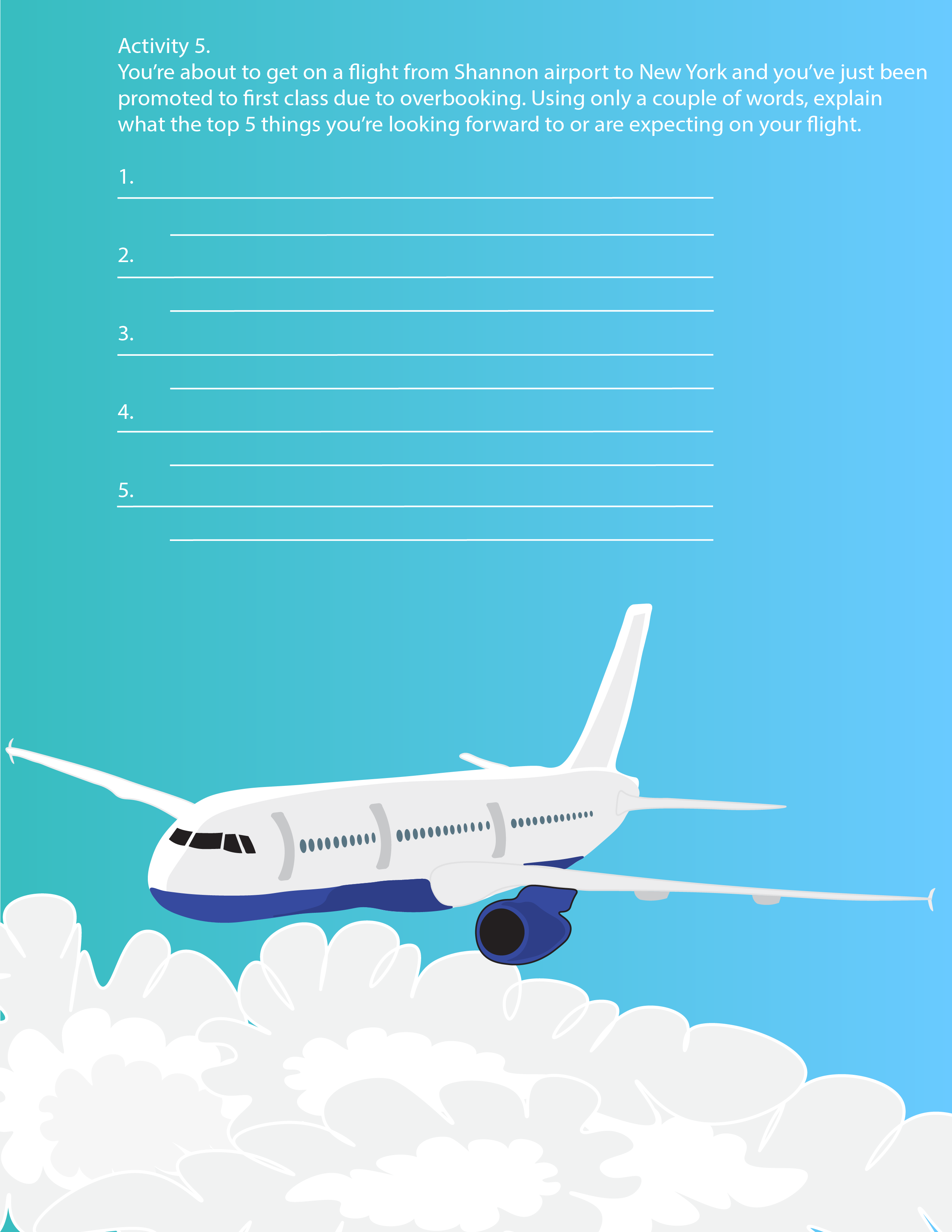Background
Brief
Topic
Autonomous cars
Duration
8 weeks
Design Challenge: Probe design & Road trip feature
Developing a set of design probes that are intended to gather insights about the potential future of autonomous car design.
Developing a feature that saves and shares road trips taken in an autonomous car. This needed to be built as part of a larger system. I needed to consider and design the information architecture of an autonomous car control system.
Project Summary
This project was done as part of a module that focused on participatory design. The goal of the project was to take an area of life and develop a participatory design activity in order to learn more about it. I decided to look at the future of autonomous cars as my area of life. I was interested in the future of autonomous cars given that the way cars are designed today prioritises the act of driving. Autonomous cars open up an opportunity to totally rethink car design. Given the option of Design Games, Critical Design and Design Probes, I chose to use design probes. I felt that Design Probes would be the most effective way to identify interesting insights in this area as it would allow me to touch on a range of topics and would give the participants a greater sense of privacy which I hoped would yield more creative and insightful results. I carried out research about autonomous cars which would shape the probes that I created.
I first defined the type of information I was trying to explore in relation to autonomous vehicles and sketched out some ideas for how the probes could look. I used Adobe illustrator to create the probe sheets. Once I had created the design probes, I recruited participants and provided them with materials. I took their responses and reflected upon them, drawing key insights from what they had provided. One of the intriguing insights related to probe 3 was the idea of tracking memories from road trips in their car and their car having the ability to contribute to these trips. I decided to develop this as a feature as part of an autonomous car application. I designed the overall app as a horizontal prototype and the road trips feature as a vertical prototype using Figma.
Tools & Techniques
Research
Literature review • Online Observation • Design Probes
Design Methods
Brainstorming • Mind mapping • Flow Diagrams • Sketching • Prototyping
Build
Adobe Illustrator • Figma
Process

What are Design Probes?
Design probes are a form of participatory design where participants are provided with items that prompt them to provide information about their lifestyle and feelings. They are an indirect and sometimes provocative way for learning about a group of people and can uncover insights that designers often don’t think to ask about in a traditional interview. They are often seen as a good starting point for opening up a dialog with participants.
What I developed
Probes
The probes I developed consisted of 6 task sheets and an introduction sheet. I created these in Adobe Illustrator and wanted to make them colourful, animated and engaging. I had learned that the more effort that is put into making the probes generally results in more effort in response to them. The tasks were split up in two sessions. I provided three task sheets to participants in week 1 and 3 tasks sheets to participants in week 2 in order to lighten the load. I hoped that participants would be less inclined to rush the probes if there were less to get through.
Autonomous vehicle app/feature
The design probes resulted in some very interesting insights about travel and provided some direction for autonomous car design. I was most interested by an idea of cars being associated with road trips which was highlighted by multiple participants in probe 3. I decided to prototype an app for an autonomous car but focused specifically on developing a trips feature which would allow users to create and share memories.
This feature would act like a social media app and could allow users to share trips with friends or keep them for personal viewing. Security and privacy was an important consideration for designing this application. One of the probe responses talked about the car being able to take photos as it drives which is something that was implemented as part of the app. The autonomous car could be used to take 360* photos/videos and using AI could automatically contribute to trips if enabled by the user. The trips feature also included an explore section which allows the user to choose a location and view public trips in that area. I felt that this would be a great way to find things to do and points of interest in a new location.























